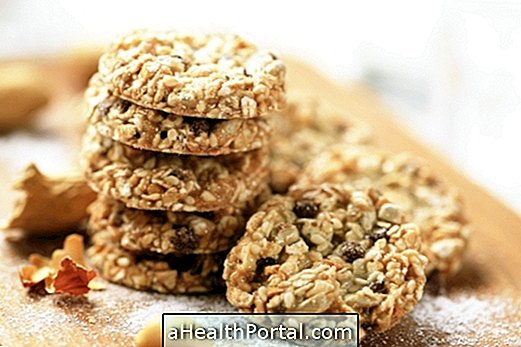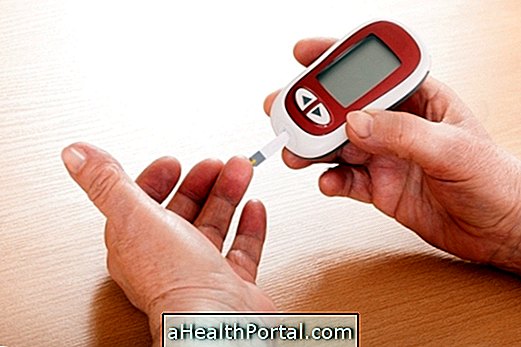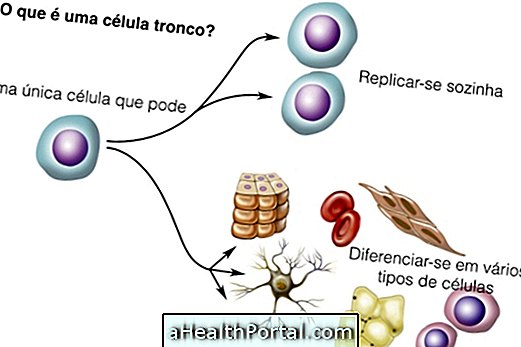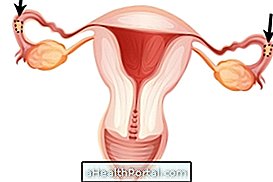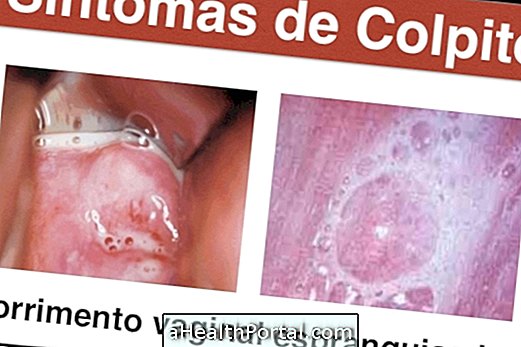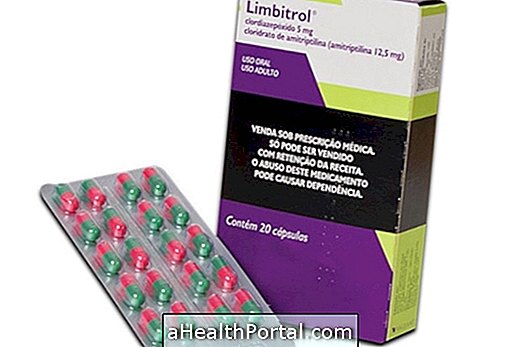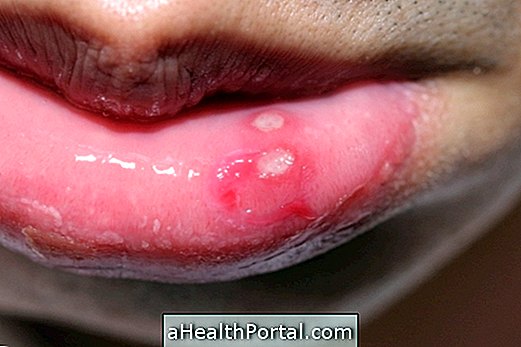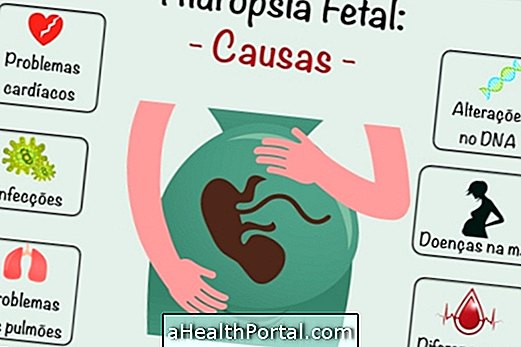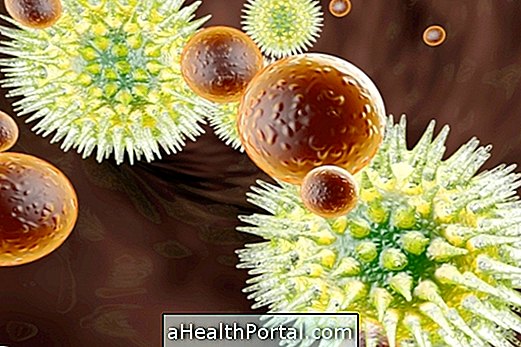Doing some exercise regularly, avoiding sugar and investing in fiber as well as soy are good strategies for managing menopausal diabetes.
In addition to controlling diabetes, such care should also be taken to prevent the onset of this disease, as menopausal women are at increased risk of diabetes, especially those who are overweight.
The 5 steps for women to keep their blood glucose under control and to find well-being during this phase of life are:
1. Achieve and Maintain Ideal Weight
Controlling weight is essential because excess fat worsens diabetes and also increases the chances that healthy women will develop this disease after menopause. Thus, one should do regular physical activity and be careful with food, to control blood glucose and prevent weight gain.
2. Doing physical activity
You should do regular physical activity at least 3 times a week through exercise that boosts metabolism and burns calories such as walking, running, swimming, and water aerobics. Exercise is important because it helps lower blood glucose and reduce weight, two key steps to better control diabetes.
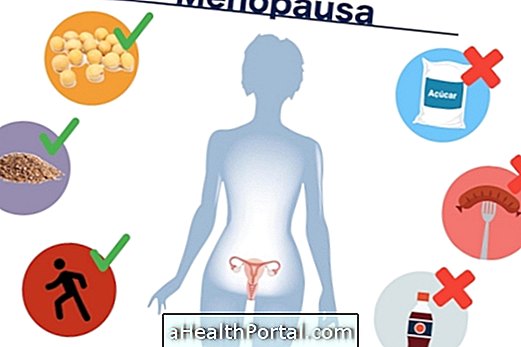
3. Avoiding sweets and fats
Avoid using sugar, butter, margarine, oils, bacon, sausage, sausage, and frozen ready-to-eat food such as pizza, lasagne, hamburger, and nuggets.
During menopause, it is even more important to avoid sweets and fats, because with the change of hormones and the advancement of age, women have greater difficulty in controlling blood glucose and a greater chance of having cardiovascular disease.
4. Increase fiber consumption
To increase fiber consumption, you should prefer whole foods such as rice, pasta and wheat flour, increase the consumption of seeds such as flaxseed, chia and sesame, eat berries and prefer raw vegetables.
It is important to increase fiber intake because they will decrease the absorption of sugars from fats in the gut and accelerate the intestinal transit.
5. Eat more soy
It is important to increase the consumption of soybeans because this grain is rich in isoflavones, which function as a natural replacement for hormones that decrease during menopause.
Thus, soy helps to decrease the symptoms of menopause, such as hot flashes, insomnia and nervousness, and improves the control and prevention of diabetes, osteoporosis, breast cancer and cardiovascular disease. In addition to natural food, soy lecithin can also be found in capsules, and can be used in menopause.
Understand the changes in the body that happen in menopause and the treatments indicated to get better through this phase of life.


